|
|
Fynn Olaf Zade has reported two House Crow Corvus splendens, seen in trees close to the Inter-Island Terminal, Mahe on 1 August 2022.
House Crows are native to southern Asia, but have spread along coastlines of the Indian Ocean and have even reached as far as Australia and Europe, threatening native species. House Crows were first reported from Seychelles in 1977, when five birds arrived at Mahe on an Indian cargo vessel. Two were shot but a surviving pair bred successfully until the population reached a peak of about 25 centred around Anse Etoile, Mahe. Control measures were implemented resulting in eradication by 1998. However, one or two birds have been noted many times subsequently, requiring further targeted control to prevent re-invasion. The last sighting known to SBRC prior to this was in January 2022: two birds near to the New Port, Victoria.
0 Comments
Philip and Helen Lymbery have reported an Indian Pond-heron Ardeola grayii at the Kempinski Resort wetland, Baie Lazare Mahe, present from 12 to at least 24 July 2022.
SBRC has accepted 9 previous records of this species, which breeds from the Persian Gulf east through the Indian Subcontinent to the northwest Malay Peninsula, Andamans and Nicobars and south to Maldives. The record is unusual in that there has been no previous July record, which is the height of the breeding season over much of the species' range. It is also the first record for Mahe. Max Hellicar has reported a Squacco Heron Ardeola ralloides on Frégate. This is the first record for the island. There have been 19 previous records accepted by SBRC from elsewhere in Seychelles.
Seychelles Bird Records Committee has received two reports of Northern Wheatear. A male and a female were reported together at Desroches by Elena Levorato and William McNeely on 24 January. Then a few days later on 29 January, an "unidentified bird" was reported by Allen Boniface to Terence Vel, present at Anse Boileau, Mahe; this turned out to be another Northern Wheatear.
Wheatears arrive in Seychelles later than most migrants with about 60% of reports in January-February. They breed in the northern hemisphere from eastern North America then across the whole of Eurasia to Alaska. The entire world population winters in Africa. To reach Africa, birds in eastern North America travel via Europe while those breeding in Alaska and Asia go the opposite way around the globe and cross the whole of Asia. Birds in Seychelles are most likely eastern birds from as far away as Alaska. Miniature tracking devices have recently shown that the Northern Wheatear has one of the longest migratory flights known - 30,000 km, birds crossing Siberia and the Arabian Desert and travelling, on average, 290 kilometers per day. This is the longest recorded migration for any songbird. Christophe Gouraud has reported sighting an Eleonora's Falcon on 23 December 2021 from the cruiseship Le Bellot northwest of Aldabra. SBRC has accepted 53 previous records of this species, including a remarkable 18 from Aldabra. The bird alighted near the funnel of the ship before taking off to continue its migration.
SBRC collects records of all bird sightings withing the Seychelles EEZ which extends 200 nautical miles from the coast of Aldabra. At approximately 180 nautical miles, this is the most westerly bird record SBRC has ever received. SBRC has accepted just 4 records of Osprey, but has received reports of sightings on consecutive days. Christophe Gouraud, visiting Grand Soeur reported one on the island on 12 December while Elena Levorato, William McNeely and Nasreen Khan reported a bird at Grand Barbe, Silhouette, the following day. The proximity of the dates and the scarcity of previous reports suggest the sightings may involve the same individual.
In late 2020, Jean-Claude Camille observed a large raptor, but he was unable to suggest an identity or provide evidence for verification. On 26 February 2021, Alan Commetant, IDC Island Manager of Desroches, made a short video recording, showing the bird in silhouette. The size and small-head suggested a Honey-buzzard Pernis sp. and European Honey-buzzard, recorded previously in Seychelles, appeared to be the most likely identification.
On 5 August 2021, Elena Levorato (EL) and William McNeely (WM) arrived on the island to take up the posts of Conservation Officer and Assistant Conservation Officer respectively. They observed the bird in multiple locations and were able to obtain photos. These were sent to Dick Forsman, raptors consultant to SBRC, who identified the bird as a 2cy male Oriental Honey-buzzard Pernis. ptilorhynchus. Oriental Honey-buzzard breeds from central Siberia east to Japan. Northern populations are migratory to tropical southeast Asia, southern populations mainly sedentary. The record has been accepted by SBRC as the first confirmed record of Oriental Honey-buzzard for Seychelles. An old record of an Indian Pond Heron Ardeola grayii at Denis Island has come to light via eBird. The bird was observed at the farm area by Francesco Barberini on 13 June 2018.
SBRC has accepted 7 previous records from Seychelles. interestingly, four of these were also on Denis Island. Elena Levorato, Jean-Claude Camille and William McNeely have reported an Oriental Honey Buzzard at Desroches. The bird has been present since at least February 2021. There has been no confirmed record from Seychelles to date, However, SBRC has accepted:
1. One hybrid apivorus x orientalis or is perhaps a ruficollis Oriental Honey Buzzard at Grand Anse, Praslin on 20 January 2013 (V. Ashby, S. Ashby). 2. One juvenile at Alphonse, possibly Oriental (ruficollis or orientalis), but the possibility of a hybrid apivorus/orientalis cannot be excluded. Martin van Rooyen and Luke A' Bear have reported a Pied Kingfisher present at La Gigi, Picard, Aldabra on 1-11 may 2021. This is the first report of this species for Seychelles.
|
AuthorAdrian Skerrett Categories |

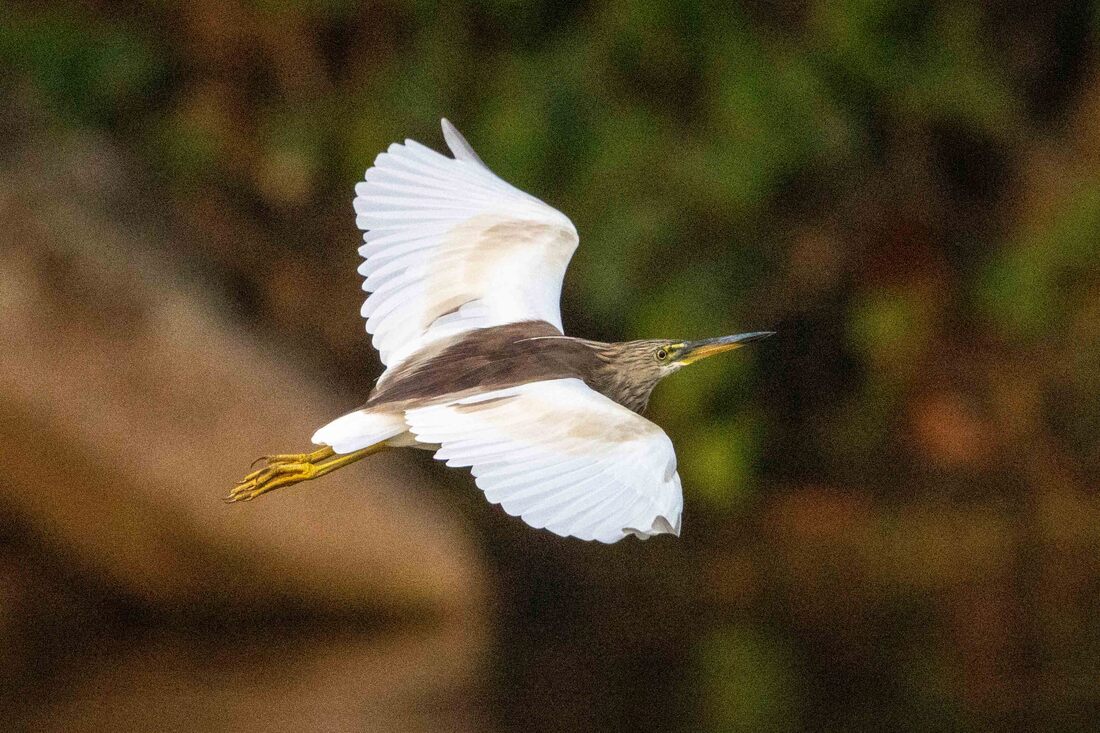
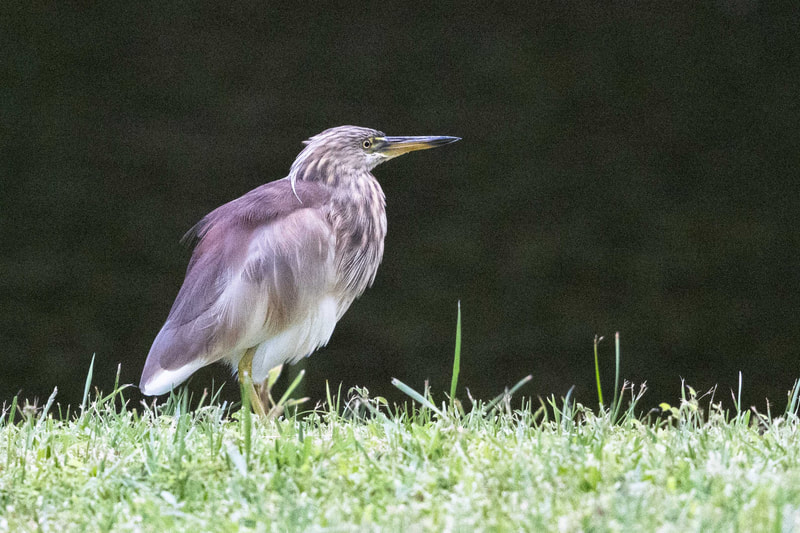
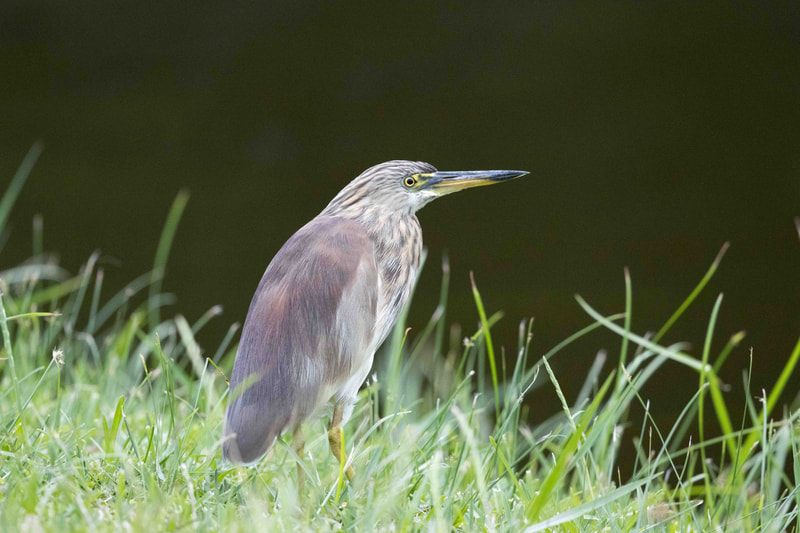




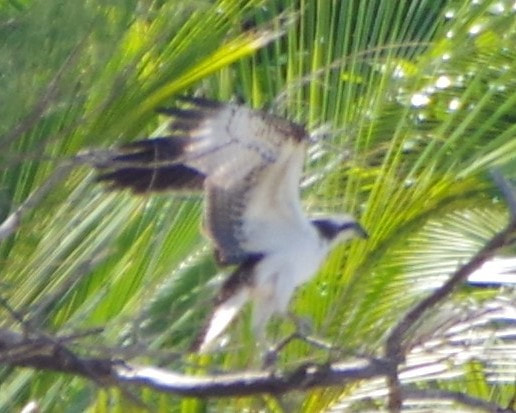
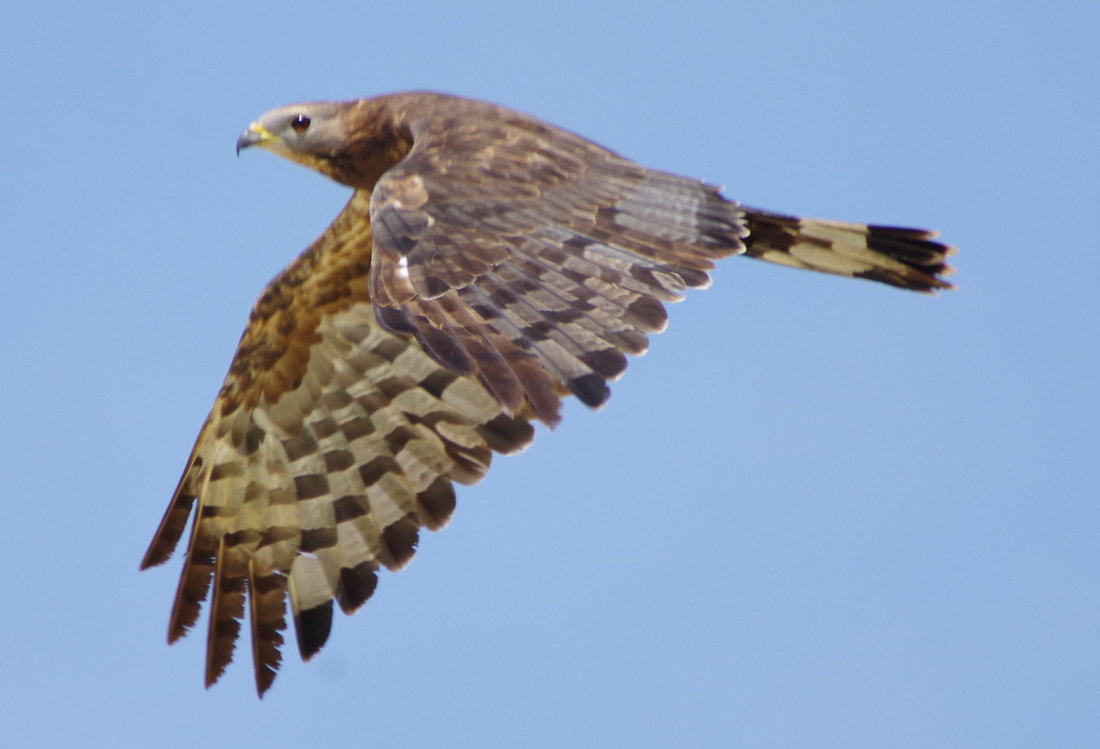
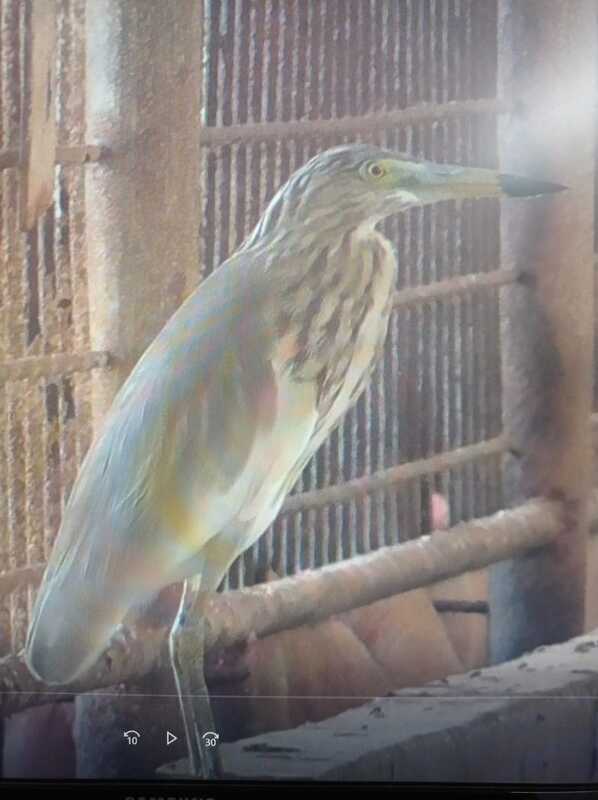
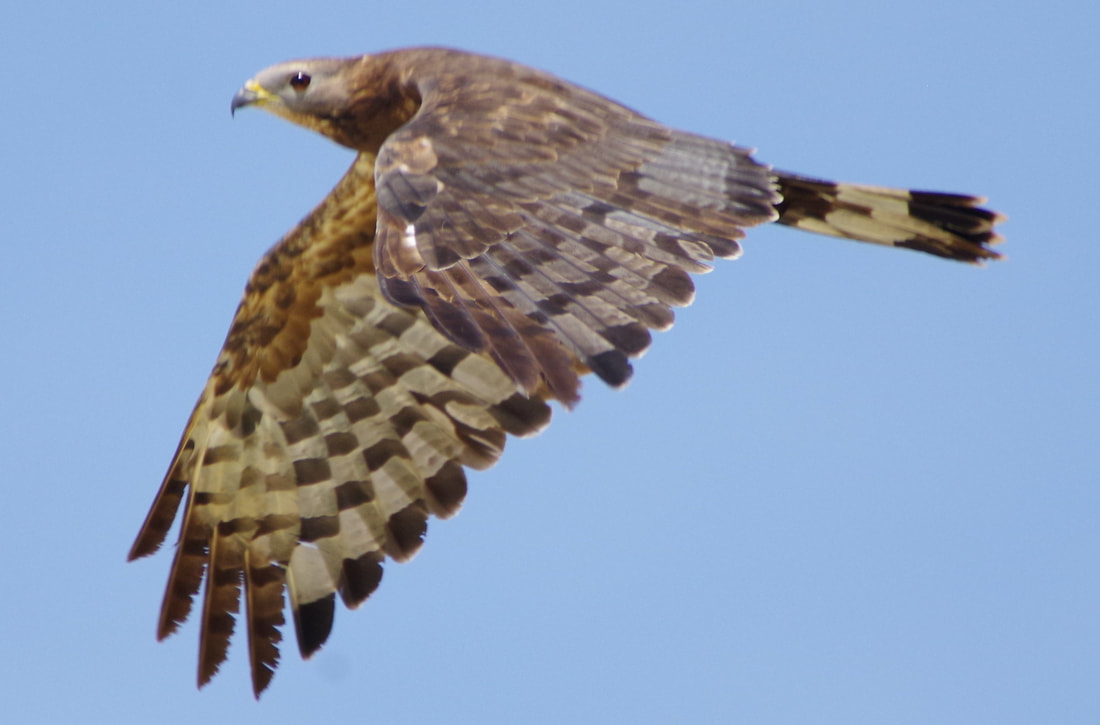

 RSS Feed
RSS Feed
